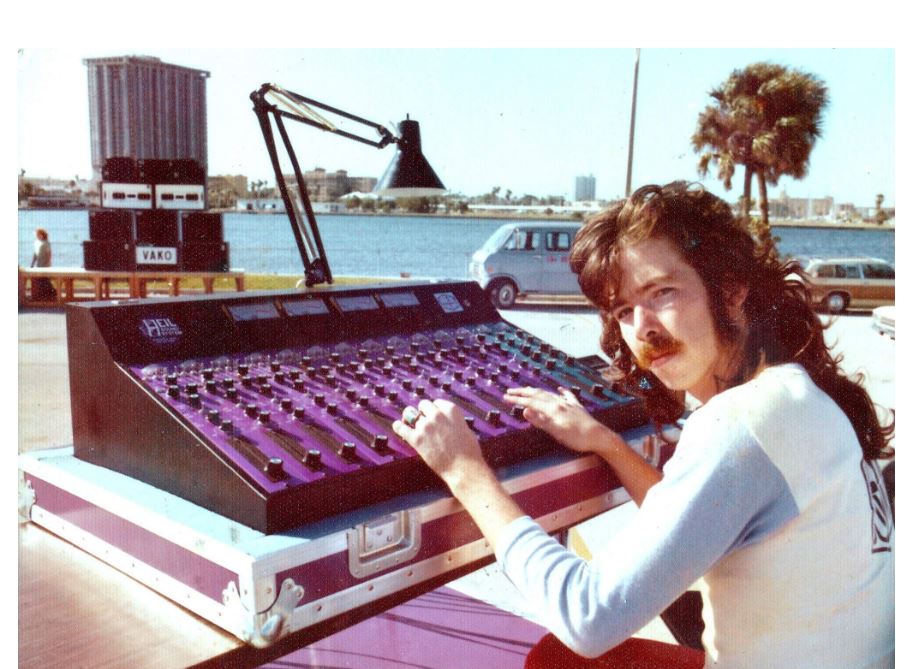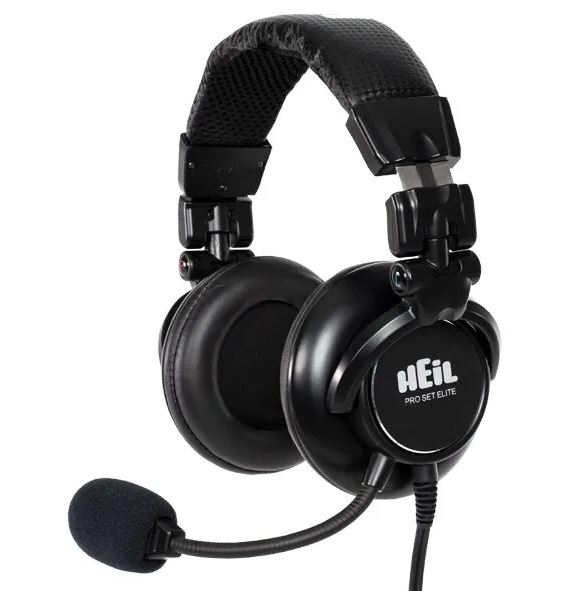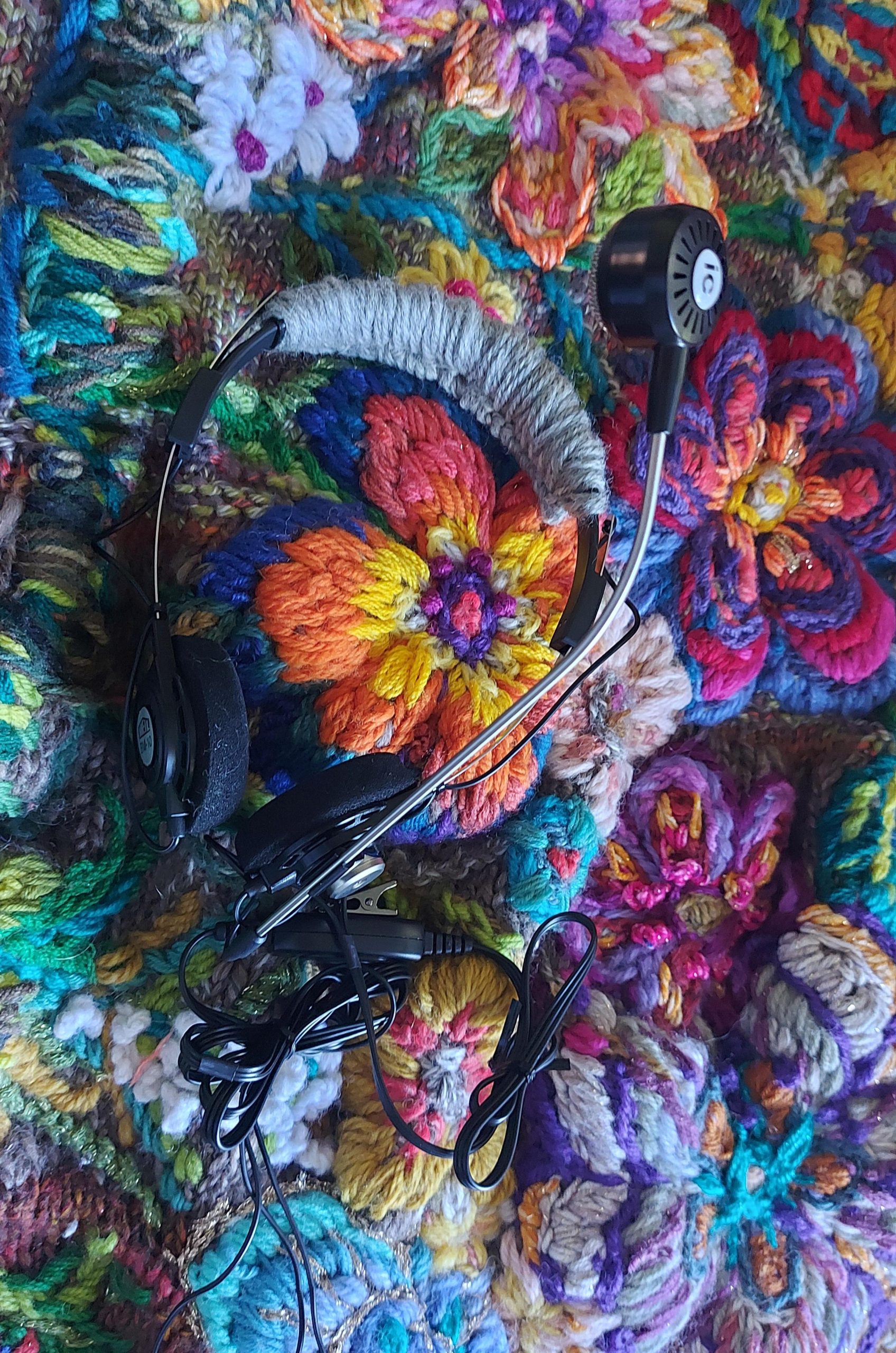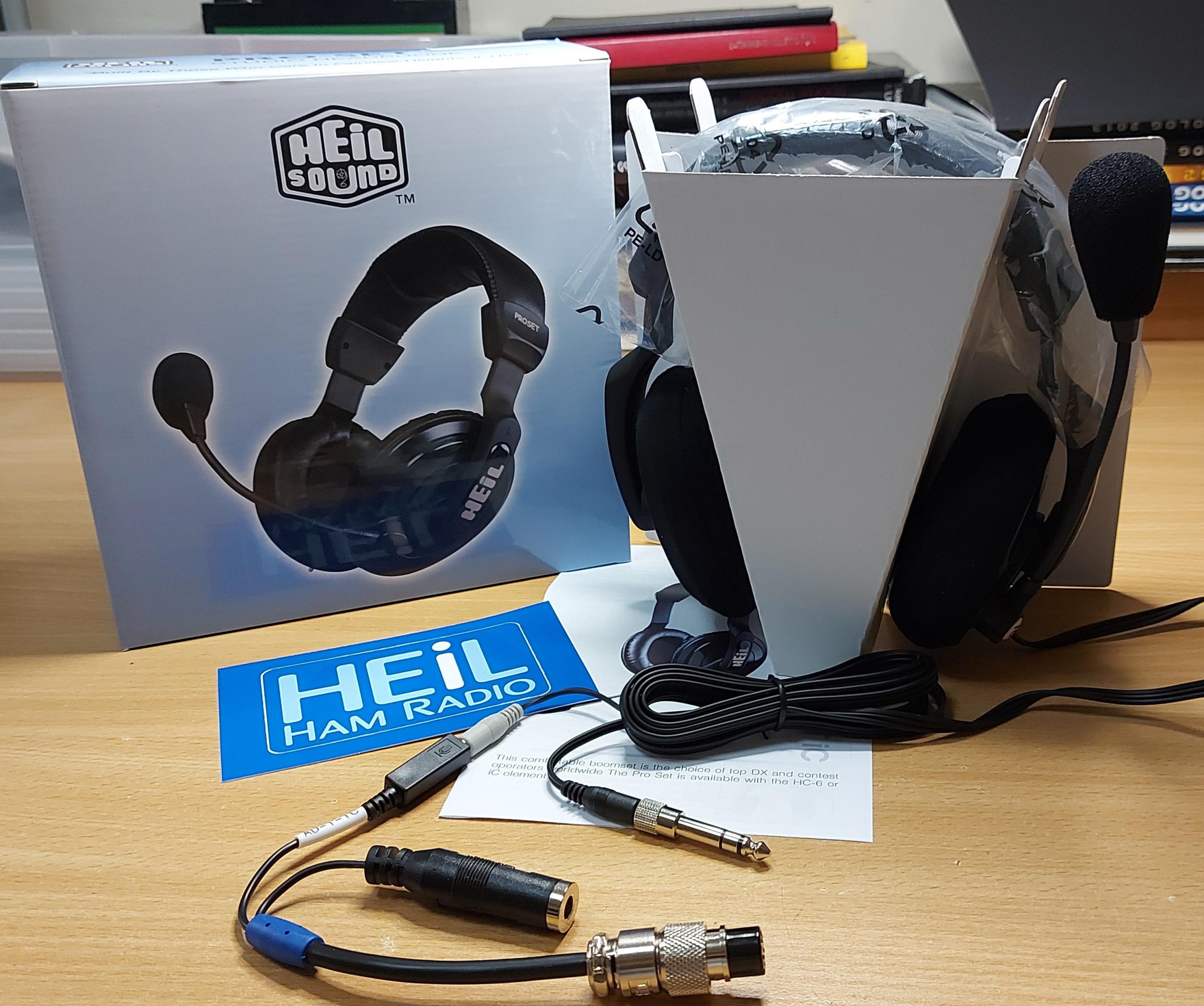
The idea to start my own radio retail business was brewing for years. I knew I wanted ICOM radios. And I knew if I could secure a dealership for Heil, those two brands alone would be enough to get the ball rolling.
If you are into ham radio, but have not heard of Heil, then quite frankly, you either passed your exam yesterday or you only operate Morse code.
There is a dozen truly legendary companies started and run by ham radio operators who made their mark to the entire ham radio movement. They’ve offered revolutionary products and became leaders in their field until the product became a synonym for the industry. Heil is exactly that – and more. When it comes to microphones and headsets, and a unique “DX and contesting sound”, no other name in amateur movement rings with such potency as Heil.
“…and the microphone is Heil!” is a phrase which nails the reason why your entire gear chain – from transceiver, amplifier, antenna and everything in between – sounds as it sounds. A Dxer with no Heil is no Dxer at all.
The history of Heil continues to be retold over and over again.
“As with many business success stories, Heil Sound began with one person, Bob Heil, who had a vision and an unrelenting drive to innovate and contribute to the concert sound world. Bob’s impressive sound career began at an early age. By 15, he was performing concerts as the house player on the Wurlitzer theatre organ at the Fox Theatre in St. Louis. He was also deeply involved in ham radio and began tinkering with electronics and electronic design.

In the early 1960s Bob opened “Ye Olde Music Shoppe” in Marissa, Illinois. The music store built a reputation among the professional bands who were touring because it carried stock of guitars and amplifiers that were unmatched at the time.

In 1966, Heil Sound was formed with the goal to provide pro touring gear and systems. Heil Sound also provided system design and equipment for the emerging music festival scene.
National accounts quickly grew and tours with Humble Pie, The Who, Grateful Dead, the James Gang and many others followed. To accommodate demand, Heil Sound had multiple sound crews out on the road simultaneously.
It was during this time that Bob developed a number of significant pro sound innovations including the famed Talk Box for Joe Walsh and Peter Frampton, the quadraphonic mixer for The Who, and modular mixing consoles.
In the early 1980s, Heil exited the pro sound market to focus on the amateur radio market.
In the late 1990s, at the suggestion of Joe Walsh, a fellow ham radio enthusiast and friend, Bob set out to design a vocal microphone for live sound use. Heil Sound re-entered the pro sound market and pro microphone manufacturing industry with the PR 20 microphone, and quickly earned a reputation for mic innovation. Eschewing any small diaphragm or powered design, the Heil mics featured large-diaphragm dynamic components that offered a high degree of sonic clarity and rear rejection. Subsequent microphone models, including the popular PR 40 and PR 30 followed quickly. The PR 35 vocal mic was introduced and found favour with high profile artists such as Stevie Wonder, Beck, Alice in Chains, Charlie Daniels, Joan Baez and others.
Realizing that what got Heil Sound here wasn’t going to get them there, the company embarked on a series of moves that would expand Heil Sound’s reach into new markets and territories. A worldwide distribution network was established and several new models of mics were introduced. Heil mics are now mainstays in satellite radio broadcast stations, recording studios, and podcast and streaming rigs. In 2018, Heil Sound celebrated 50 years in business, or as they put it, “50 Years of Maximum Rock and Roll.” [Heilprosound website]
Even if you are already a Heil owner, it is important to get yourself familiar with the range.
For a simple reason: not every headset would suit your radio and your needs. Also, some sets require radio-specific adaptors, while others come with the jacks suitable for a specific brand only.




